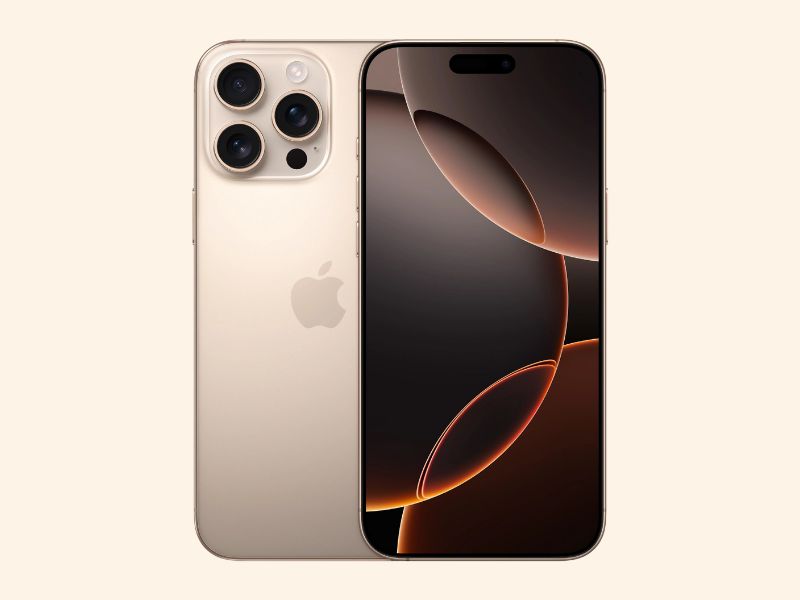Google Pixel 9 Pro
Key Features:
- 6.7" LTPO OLED Display
- Google Tensor G4 Chip
- 50MP AI Triple Camera
- Pure Android Experience
- 7 Years of OS Updates
AI Camera Features
Magic Eraser
Remove unwanted people and objects from your photos with advanced AI.
Night Sight
Capture stunning low-light photos that look like daylight.
Real Tone
Accurately represent all skin tones with computational photography.
Technical Specifications
Display
- Size: 6.7 inches
- Type: LTPO OLED
- Resolution: 2992 x 1344 pixels
- Refresh Rate: 120Hz adaptive
- Brightness: 3000 nits peak
Performance
- Chip: Google Tensor G4
- CPU: 9-core CPU
- GPU: Mali-G715 MC7
- RAM: 12GB LPDDR5X
- Storage: 128GB/256GB/512GB
Camera
- Main: 50MP f/1.68
- Ultra Wide: 48MP f/1.95
- Telephoto: 48MP f/2.8 5x zoom
- Front: 42MP f/2.2
- Video: 4K 60fps
Battery & Features
- Battery: 5050mAh
- Charging: 30W wired
- Wireless: 23W wireless
- OS: Android 14
- Updates: 7 years guaranteed
Pros & Cons
Pros
- Exceptional AI camera features
- Pure Android experience
- 7 years of OS updates
- Clean software with no bloatware
- Great computational photography
Cons
- Slower charging compared to competitors
- Limited availability in some regions
- Tensor chip can get warm
- No expandable storage
- Battery life could be better
Google Pixel 9 Pro: The Future of AI Photography
Google Pixel 9 Pro vs iPhone 16 Pro Max vs Samsung Galaxy S25 Ultra Camera Comparison
The Google Pixel 9 Pro represents Google's vision of the perfect smartphone, where AI seamlessly enhances every aspect of the user experience. With its Tensor G4 chip and computational photography, this device creates memories that look better than reality. While the iPhone 16 Pro Max excels in video recording and the Samsung Galaxy S25 Ultra offers 200MP detail, Pixel 9 Pro dominates in night photography and AI-powered features like Magic Eraser.
Experience Android as Google intended with 7 years of guaranteed updates, keeping your phone secure and feature-rich longer than any other Android device. Compare this with OnePlus 13's OxygenOS experience or Xiaomi 15 Pro's MIUI features to see the difference pure Android makes.
